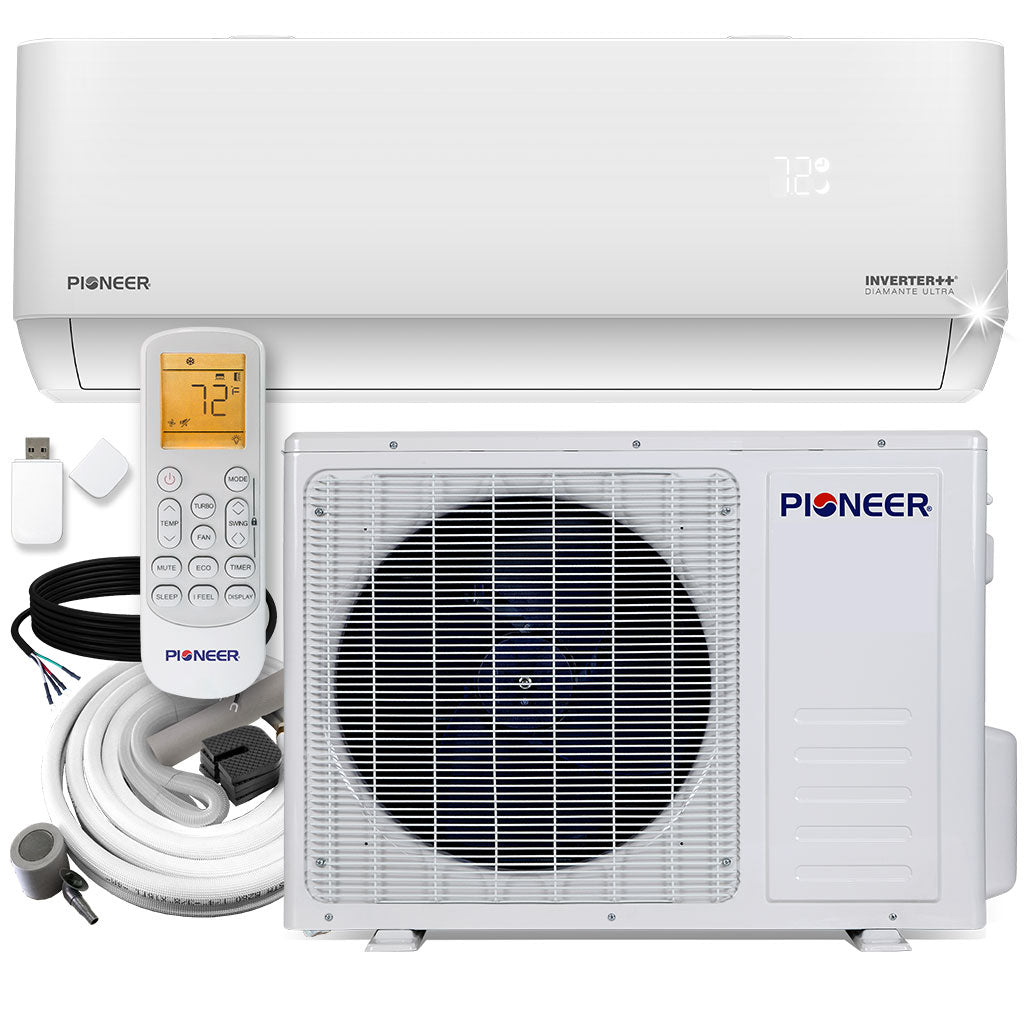This was the post I was looking for. Ive cross posted to another but here is the link. Looking for a split phase inverter may have to go with a Growatt x2 @ 3k watts for my planned HP to go off grid totally solar.
Hello : Currently Carrier has the most efficient mini split on the plant a available for install with a great warranty. Ready for this 42 seer. I think it heats down to -37° with out electric heating coils operating. But it is pricey and has To be installed by there certified...

diysolarforum.com
Note; all specifications are carefully taken from the perspective manu's service manuals, keeping in mind CoP performance is highly detailed with dry and wet temps.
The specs on the
Carrier Infinity series are:
9k BTU --> 38MPRA (outdoor) & 40MPHAQ09 indoor $2599 - SEER 42 / EER 15 / HSPF 15 c/w variable CoP.
12K BTU = $2699
208/230 v fan & motor specs on pg 14 list the max load demand at:
(input) 137 watts for both 9K & 12K BTU units.
I also see 115 watts (W) for both on the outdoor fan motor
as well as 137 (W). on the indoor high wall unit, consumption on pg 11 indicates 60 (W) for both 9 & 12 BTU units.
Interesting is "Range of Amps" at 0.023 for both units
Gree Saphire sereies
SAP09HP230V1A ($2159) --> SEER 38 / EER 16.5 / HSPF 15
Cooling Power input input 540 (50~1400 watts)
Heating Power input 590(200~1500)
rated input is 1500 wattts Rated current is 6.2 A
Mitsubishi MUZ series MUZ-FH09NA --> SEER 30.5 / EER 16.1 / HSPF (NA:13.5 / NAH:12.5) Cooling Power consumption rated (min~max) 560(100~1000) Watts / Heating Power consumption rated (min~max) 710(110~1470) Watts as noted from pg 4 section 3.
All above units are 1ph @ 220v , I would love to put one of these above units on a dedicated off grid system, trying to spec out a cheap split phase system.

www.highseer.com



